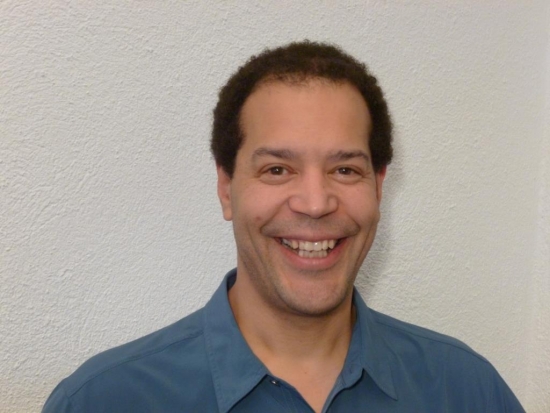ECE Seminar
Quantum realism to semiconductor nanoscience
Add to Google Calendar

Nanoscience will advance to true device engineering only when both new quantum processes and realistic quantum-theory insights are added to the design repertoire. Since quantum processes are driven by many-body interactions, nearly all design models are still insufficient as they crudely approximate many-body effects. In this seminar, I will show how to apply a first-principles many-body theory[1] to realistically describe interactions among particle clusters driving diverse quantum processes. Using this framework, I will introduce quantum-optical spectroscopy[2] which utilizes quantum fluctuations of light to select a desired quantum process among multiple excitation paths. I will illustrate this idea through the experimental discovery of a dropleton[3]. Applying the cluster identification for excitations with few-cycle terahertz pulses, I will explain how ultrafast experiments can access delicate quantum processes in semiconductors, such as high-harmonic generation, dynamical Bloch oscillations[4], electronic quantum interferences[5], nonlinear Coulomb effects among Landau electrons[6], and pure correlation transport[7] across a semiconductor interface. I will also demonstrate how the approach quantitatively explains[8] the first Bose"“Einstein condensate experiment[9] with the strongest possible atom"“atom interactions. In short, my approach provides both a systematic and realistic description for a broad range of systems explored in material- and nanoscience.
 MENU
MENU 
